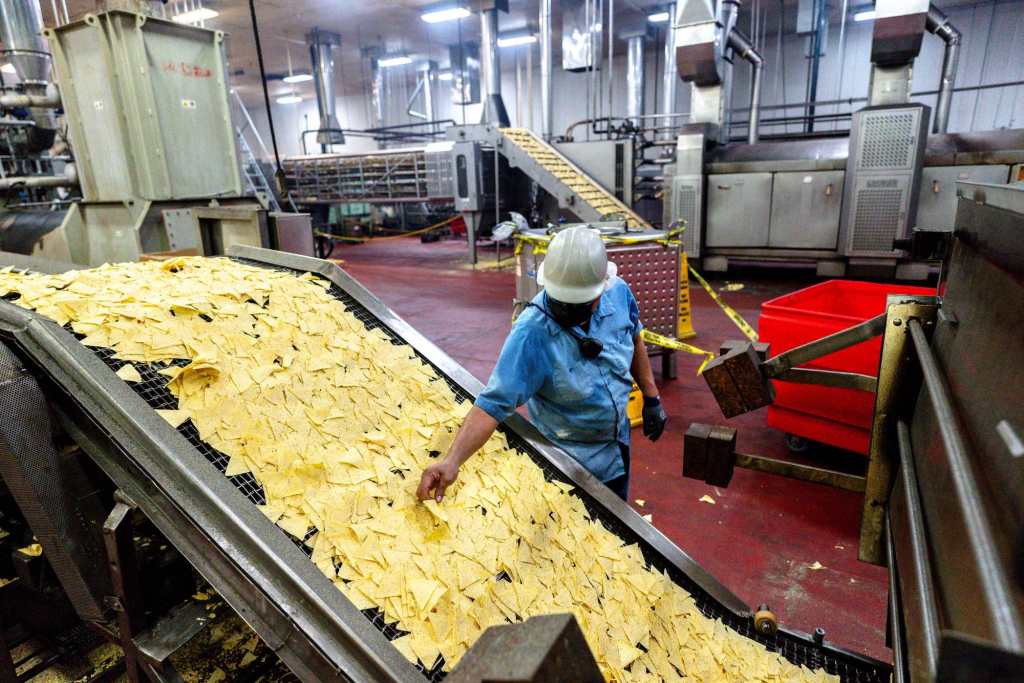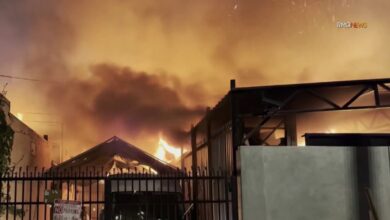Electric ovens will soon be required in some Southern California businesses – Orange County Register

Southern California became the first region in the country to pass a rule that will require dozens of food manufacturers to soon begin replacing their gas-powered ovens with cleaner electric models.
The South Coast Air Quality Management District board approved the new regulations to help this region, which regularly ranks No. 1 in the country for air pollution, hit federally mandated targets for reducing harmful nitrogen oxide emissions. Nitrogen oxide, or NOx, is a major contributor to smog, which can cause or worsen asthma and other breathing problems.
“There’s tons of research coming out saying that the emissions from these appliances is comparable to secondhand smoke in producing respiratory disease,” said Alejandro Barboza, an Anaheim native who’s focusing on sustainability at John Hopkins School of Advanced International Studies.
Barboza was among a dozen environmental advocates to speak in favor of the regulations during South Coast AQMD’s meeting Friday at its headquarters in Diamond Bar.
“If your job is to be in a kitchen all day or to work around these commercial appliances, you’re going to be exposed to these fumes. …You might not even be aware of the health impacts that you’re suffering, but you’re gonna feel it at home when you start having issues with your lungs,” Barboza said. “So I think we really need to stand up for workers in the food industry.”
A couple board members for the air district – which regulates emissions in Los Angeles, Orange, Riverside and San Bernardino counties – expressed concerns over whether costs and logistics to comply with such rules might push businesses out of Southern California.
San Bernardino County Supervisor Curt Hagman said that could worsen emissions if manufacturers move to places with more lax air quality rules and end up trucking products back to our stores. Already Hagman said he’s concerned about how long companies are saying they have to wait to get an OK from Southern California Edison to connect to the strained electricity grid, with some businesses in his western district reporting delays of up six years.
Frank Coser, senior director of manufacturing with Anita’s Mexican Foods, which makes tortilla chips, taco shells and veggie straws out of a factory in San Bernardino, discussed such concerns before the rule came up for a vote. However, no businesses or members of the public spoke against the proposal during Friday’s meeting.
Only Yorba Linda Councilmember Carlos Rodriguez ultimately voted against the new rule, which passed 8-1. Rodriguez didn’t discuss his reasons during the meeting and didn’t respond to requests for comment.
These new rules have been in development for several years.
South Coast AQMD staff determined the region will need to reduce NOx emissions 67% by 2037 to meet stricter pollution limits passed down from the U.S. Environmental Protection Agency. Most NOx emissions come from mobile sources such as trucks and ships, which are already heavily targeted for emission reductions. But a fifth of harmful NOx emissions come from stationary sources such as ovens, which spew the pollutant out as they burn methane-rich natural gas.
“Many times when people think about climate change, they think of something that’s very far away,” said Ayn Craciun, who heads up the Orange County chapter of Climate Action Campaign. “But it’s actually something that happens very close to our homes, in our kitchens and especially in commercial kitchens.”
The regulations for commercial ovens are the first zero-emissions mandate for stationary NOx sources that South Coast AQMD has passed. Topher Mathers with Active San Gabriel Valley called the sector “low-hanging fruit for electrification because their require low heat and modern electric food equipment is already available to make that shift.”
By making 97 companies that churn out popular baked goods, smoked meats and other products in 218 ovens switch to cleaner equipment, an air district report says we’ll see nearly 243 fewer pounds of NOx emitted each day.
The new rules will be phased in, with exceptions for some equipment where regulators say it wouldn’t be cost-effective or feasible to go electric.
The first phase, which kicked in when the measure passed Friday, requires companies to replace burners that have been on their gas-powered ovens for 10 years with newer versions that are better at controlling NOx emissions. After phase two starts in 2027, some companies will need to start replacing older gas ovens with electric versions.
A few environmental advocates told air board members they felt the agency was being “too generous” with carving out exceptions and deadlines for the new rules.
“We urge you to act faster so our community and our generation doesn’t have to deal with more respiratory disease cases,” said Kyler Chin, a UC Irvine student and executive director of Sunrise Orange County.
But they said they still hope this rule will prompt equipment manufacturers and other regulators to move toward cleaner ovens, too – as has happened when California has passed trailblazing rules around, say, vehicle emissions.
“California is a national leader on food manufacturing,” noted Evan Gillespie of Los Angeles, who helped found Industrious Labs to fight for decarbonizing industry. “It’s important that we maintain that leadership through driving adoption of equipment that makes both delicious food and does so without harmful pollution.”




